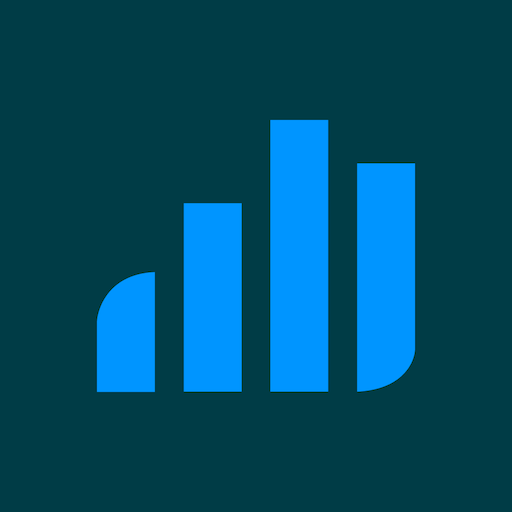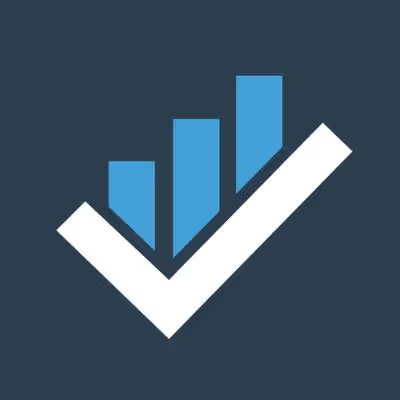
Gradescope - New Onboarding Experience Increases Growth & Retention
ℹ️ All research files, workflow diagrams, prototype, and final mockups are removed to protect the company’s confidential and proprietary information.
Overview
Freemium users were experiencing difficulty in getting their institutions to purchase an institutional license. We also needed to re-engage existing users who haven’t used the product in a while. Qualitative data from user interviews revealed that customers were stuck on where to start once they jumped into Gradescope, what assignment type would be the most appropriate for which use case, and what the Gradescope Advocate Program is. This resulted in missed growth opportunities for Turnitin (owner of Gradescope).
Lessons
- Led my first UX workshop to brainstorm ideas with stakeholders for a more medium-sized project
- Gained exposure to Gainsight PX, a product for generating usage reports and creating in-app engagements
- Utilized the power of custom HTML and CSS to better align Figma designs with the final product
My Role
I was the lead UX Designer who used the following methods to successfully receive full buy-in from stakeholders within an agile environment:
- Analysis of User Research
- Workflow Diagrams
- Wireframes
- Final Mockups
- Implementation in Gainsight PX using HTML + CSS
Stakeholders
- Product Managers
- Developers
Tools
- Figma
- Google Docs
- Gainsight PX
Timeline
Foundational Deliverables: January 2023 – February 2023
Development & Release: May 2023 – July 2023
What is Gradescope?
The Gradescope product allows instructors and Teaching Assisstants (TAs) to grade all of their tests, quizzes, and assignments more efficiently. Additionally, Instructors can also review their course analytics to track student performance.
Definitions:
- Basic Tier – A free Gradescope account, owned by an individual, without the features included with the Institutional Trial and Institutional License
- Institutional Trial – A Gradescope account, owned by an individual, that includes all of the features of the Institutional License for a limited time
- Institutional License – A bulk license, owned by an institution, that provides accounts for all of its members with premium features
1
Challenges
- Overcoming Inflexibility – It was determined at the original scope of the onboarding flow, that would assume customers would walk through the entire experience of Gradescope in one sitting, would not align with what customers expect from the product during our UX workshop
- Unfamiliar Platform – I had to quickly learn Gainsight PX, a customer analytics platform I had never used, but was another opportunity to use my HTML/CSS knowledge to make the engagements in Gradescope look exactly like the Figma designs
2
Discovery
- Competitive Research – Put together examples of effective new/returning onboarding flows from other applications in Miro that showcase broken down tutorials
- Analyzed Recorded User Interviews – Watched 5+ hours of recorded user interviews and summarized findings that identified three key customer blockers:
- No Guidance – Lack of effective onboarding flows which would allow new users to learn new features at their own pace
- No Incentive – Lack of incentive for basic (freemium users) to upgrade to an institutional license because the basic tier was as useful as the paid tier
- No Deals – Lack of help to direct satisfied customers to become advocates who get their institution to purchase an Institutional license
- Flexibility – Users need tutorials broken down into small chunks to encourage more growth by giving users the power of choice. The power of choice refers to the user being able to decide which features they would like more guidance on
- Do Not Disturb – Gradescope users love the ability to grade assignments quickly without anything getting in the way of that process. Our users want to save time, not add more time
- UX Workshop – I conducted a UX workshop with product managers to present the competitive research in Miro, tie it to our customer pain points, and brainstorm new ways to incorporate mini tutorials and banners into the Gradescope UX to engage users and increase growth
3
Ideation
Based on the decisions made during the UX workshop, early wireframes and final mockups included the following to address both customer pain points and business goals:
- Tutorial Tracker – Allows the user to view all of their tutorials with completed ones marked with a green check
- Flexible Tutorials – When a tutorial is launched, the user has the option to go through each step, or close out in the middle should they decide the tutorial is not necessary for their needs
- Don't Lose Access Warning – When the user visits the Analytics page, a new engagement appears warning that they will lose access to this key data once their institutional trial expires. The engagement also has a button to bring the user to more information about the Gradescope Advocate Program and how to connect with the Sales team to get their institution to upgrade to an Institutional License
- Modified Carousel Engagement – changes were made to this component for more clarity on what Gradescope is and the features that are available
- Institutional Trial Banners – The institutional trial banners were designed to be noticable to get users' attention with a button to learn more about the Gradescope Advocate Program
4
Impact
- New onboarding experience successfully led to new growth in sales and engagement of the Gradescope product
- Successfully raised more awareness of the Gradescope Advocate Program
By June 28, 2023, 28 out of 45 users (62%) clicked on Learn More within the modal on the analytics page
The How to Use This Course 3 step carousel for the Tutorial course has a shocking 901/1010 completion rate, meaning they clicked through all 3 slides instead of x-ing out
Selected Works
Copyright © Nathan Nasby

